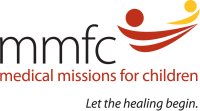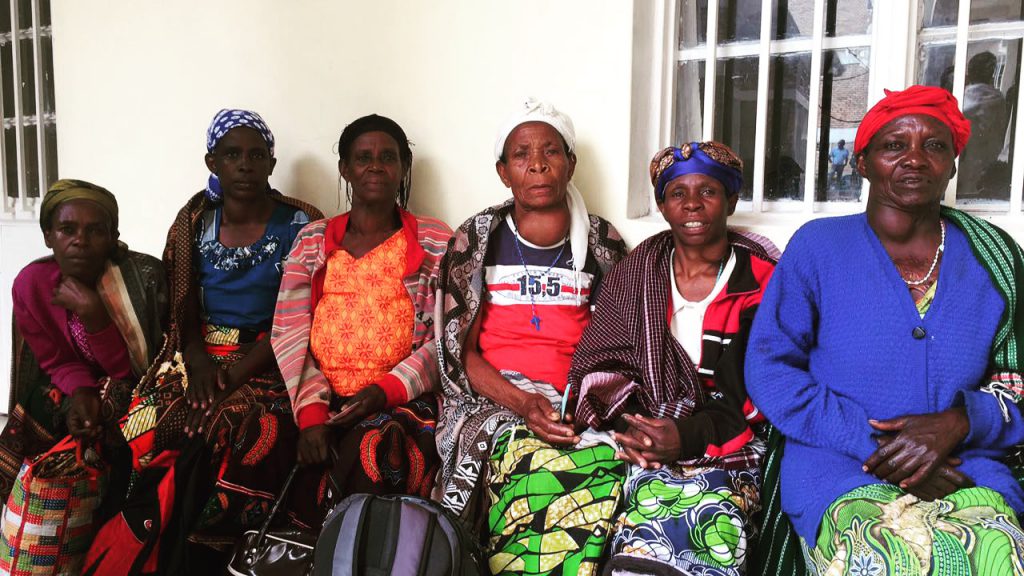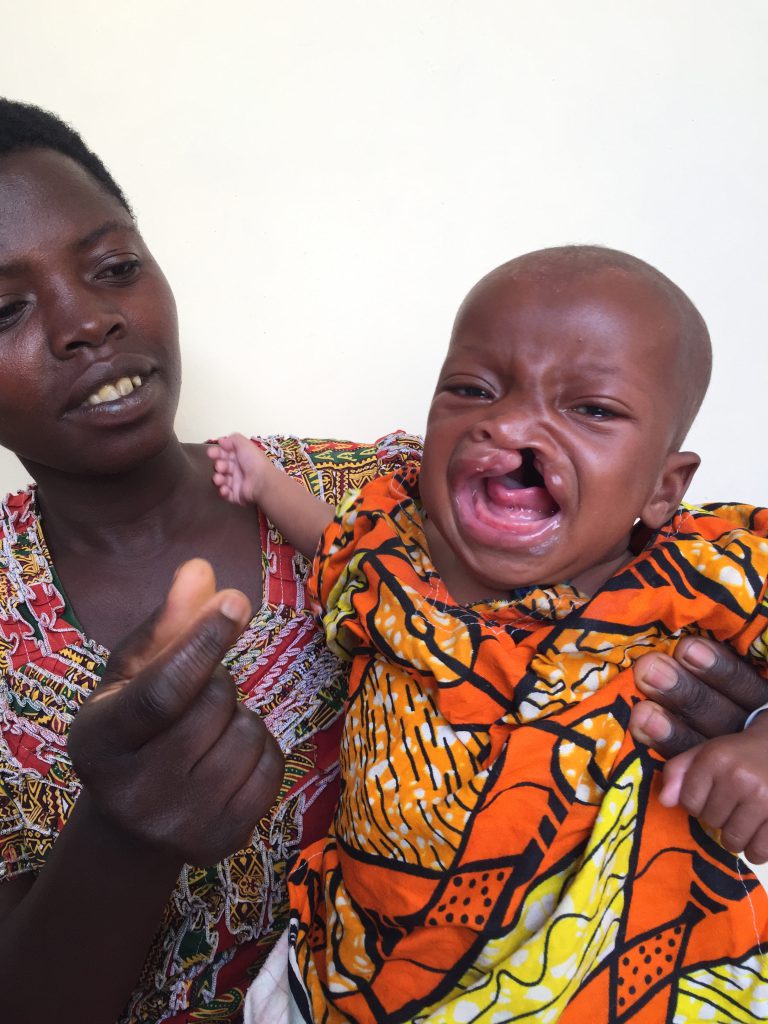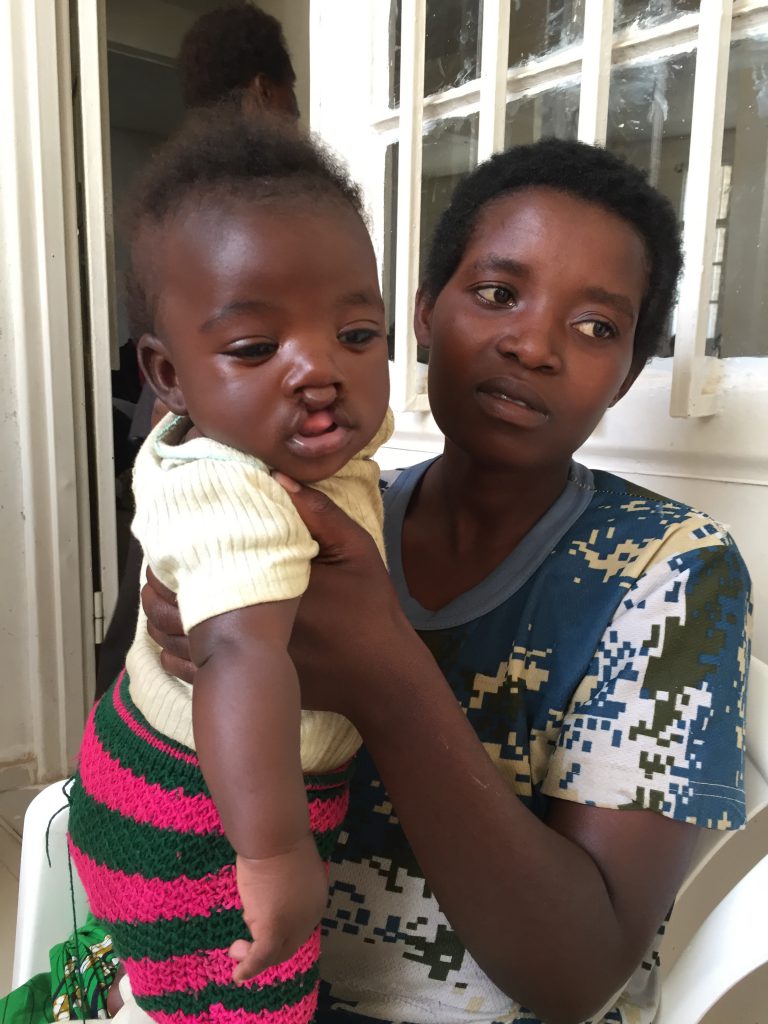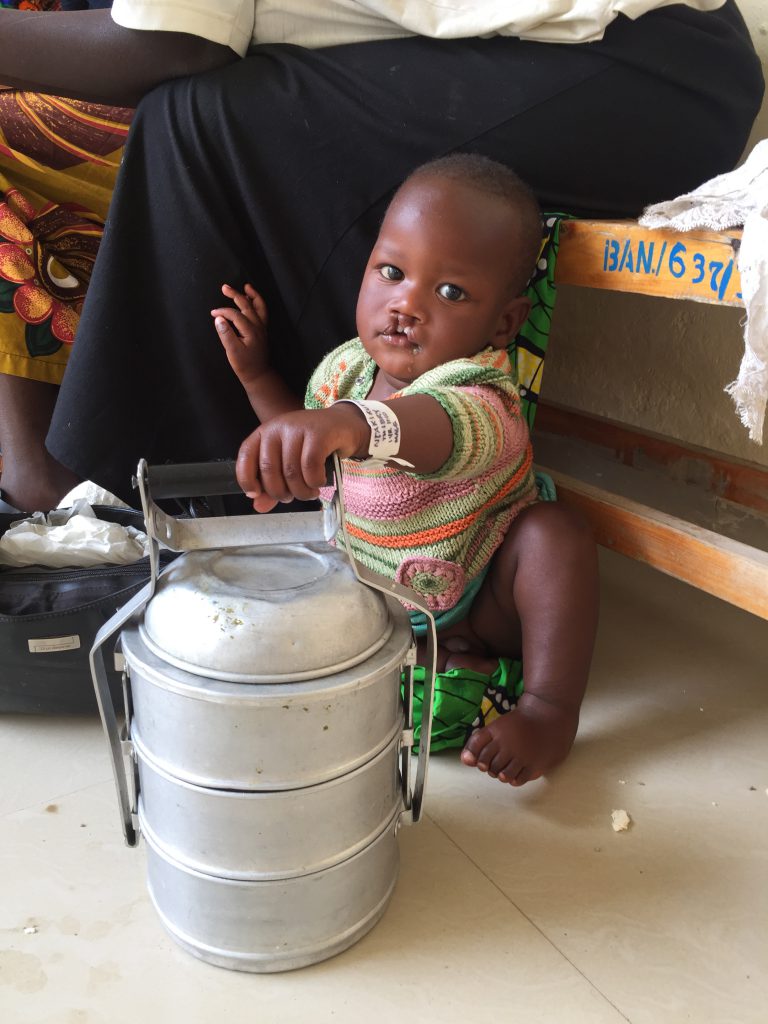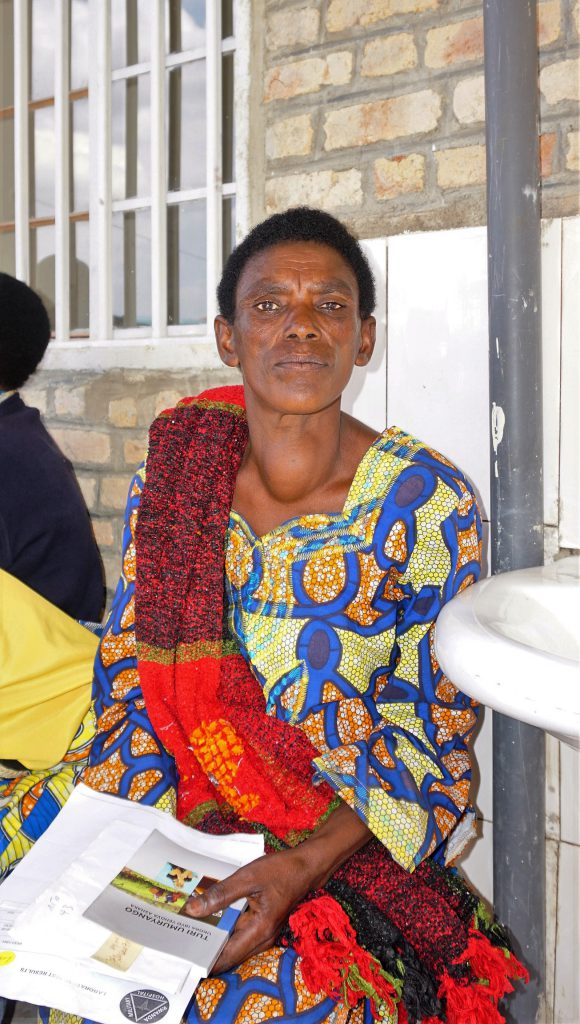Days 1 & 2 – Sat., October 8th and Sun., October 9th:
After almost 24 hours of flying, we finally arrived in Kigali, Rwanda. This would not be our final destination, but for many, our first welcome to Africa. On the ride down to Gitwe, we would hear the happy shouts of the children pointing and screaming “muzungu!!”, meaning “white person” or “wanderer/foreigner”. Never had I seen children with smiles so big, happy to just say hello. Their warm smiles decorated their dark brown faces of the earth, and they, in turn, decorated the brown earth they walked on. They seemed to be one with their surrounding, fluidly strolling between one another on the sides of the dirt roads while cars and motorcycles sped by. Women carried anything on their heads—large pieces of wood, stalks of sugar cane, bags of beans— with their children strapped to their backs. They complemented the warm orange hue of the concrete homes with tin roofs and the lively green of the palm trees, shrubs and bushes all around.
Saturday night was when we first entered the empty rooms that would be our reconstructive and healing spaces for the next 6 days. Immediately, the team began opening the bags and pelicans filled with supplies, medication, and equipment and setting up their stations-P.A.C.U., O.R., Pre-Op, Anesthesia, Thyroid, Cleft. The dusty empty rooms quickly began to fill with noise and movement, starting to resemble the rooms of a hospital. Shortly after, the patients began to arrive. This was the first and only sign of haste in this region where time does not seem to be a part of their lifestyle. We went down to meet the women with enlarged thyroids and children with cleft deformity. Unfortunately, some of the little “umwanas” (babies) were too small or too sick to be seen this time around. We relied on the translators to relay the difficult message to the mothers, who would shoot dissapointed and pleading looks the doctors way, not quite understanding that sometimes rejection for surgery was really for the well being and survival of their child. Giggles and small talk ensued between those who would stay, their smiles a clear sign of the happiness for the victory of all their efforts. Most of the cases done by MMFC in Rwanda, however, are largely thyroidectomies. Many of the patients that filled the waiting rooms were women in their mid twenties to late fifties with enlarged goiters on one side or the other. Each one in their colorful “ibitenges” or traditional dresses and wraps. Their eyes showed a mixture of fear and hope—fearful of what was to come, but hopeful that their lives would return back to normal.
What is a goiter, what causes it, and why do people have it removed? A goiter is a non-cancerous enlargement of the thyroid. Our thyroids play a very important role in our bodies. By using iodine, a trace mineral, the thyroid produces hormones that play an important role in regulating our metabolism, temperature, and heart rate. Goiters are usually cased by lack or deficiency of iodine in a diet or an overactive thyroid (hyperthyroidism). Goiters can obstruct breathing and swallowing and cause shortness of breath, wheezing, hoarseness. If linked with hypo- or hyperthyroid, goiters could cause other health problems. Therefore, a thyroidectomy is an important part of maintaining the health and improving the morbidity of the patient. Not to mention, these ladies will have yet another reason to smile a little bigger each day.
We have a surgery packed day today! So far 3 scheduled cleft lips and 6 scheduled partial thyroidectomies… Let the healing begin!
-Yuleissy Ramirez
